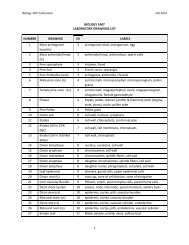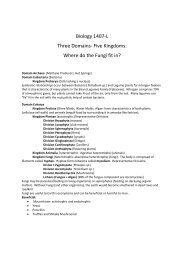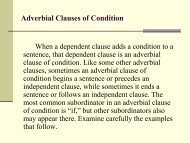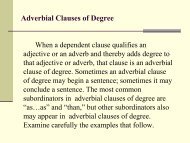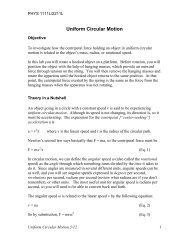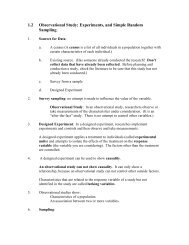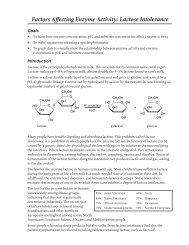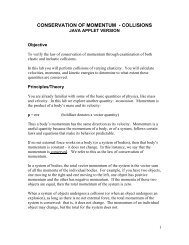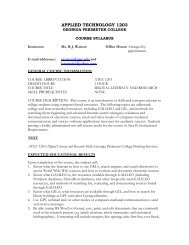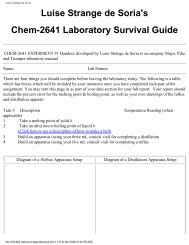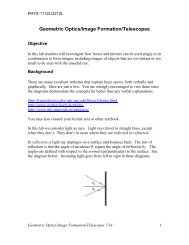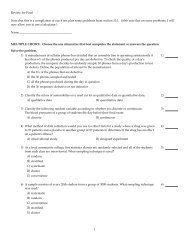development and applications of piezoelectric crystals
development and applications of piezoelectric crystals
development and applications of piezoelectric crystals
You also want an ePaper? Increase the reach of your titles
YUMPU automatically turns print PDFs into web optimized ePapers that Google loves.
HISTORY OF PIEZOELECTRICITYDerived from the Greek word piezein, which means to squeeze or pressDiscovered in 1880 by Pierre <strong>and</strong> Jacques Curie while conducting a studyon effects <strong>of</strong> pressure on specific <strong>crystals</strong>In 1917 Paul Langevin used quartz <strong>crystals</strong> in an ultrasonic submarine todetect the amount <strong>of</strong> time it took to hear a returned echoThis led to more underwater <strong>applications</strong> <strong>of</strong> <strong>piezoelectric</strong> materialsAround 1965, Japanese scientists successfully developed the basics <strong>of</strong> theceramic <strong>piezoelectric</strong> disks which sparked the use <strong>of</strong> the disks around theworld <strong>and</strong> for a variety <strong>of</strong> <strong>applications</strong>Peizo materials are divided into four groups- generators, sensors, actuators,<strong>and</strong> transducers



